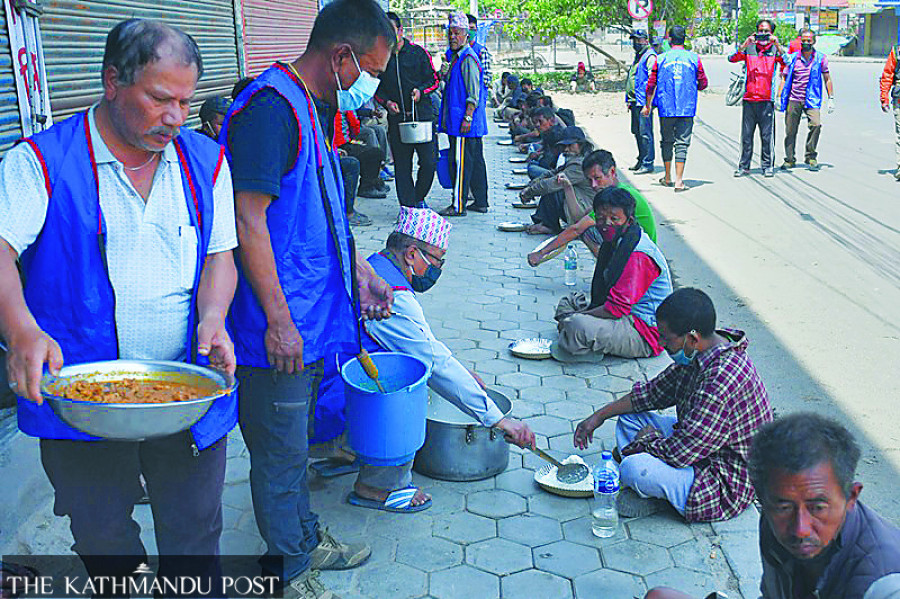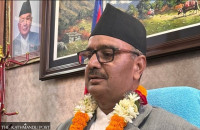National
Pandemic may leave Nepal’s poor more deprived, report says
According to report people are facing deprivation particularly in the areas of nutrition, water, and cooking fuel due to the pandemic.
Prithvi Man Shrestha
Although Nepal made significant progress in reducing multidimensional poverty for five years prior to the Covid-19 pandemic, the pandemic could disrupt the past gains, a new report on Multidimensional Poverty in Nepal has warned.
Multidimensional poverty covers the various deprivations experienced by the poor in their daily lives.
According to the report titled ‘Nepal: Multidimensional Poverty Index 2021’ released on Wednesday by the National Planning Commission, some 18 million people in Nepal – 63.5 percent faced vulnerability of deprivation in at least one of 10 areas determining the status of multidimensional poverty.
Multidimensional Poverty Index (PMI) is measured based on deprivation across three sectors and 10 sub-sectors—health (child mortality, nutrition), education (years of schooling, enrollment), and living standards (water, sanitation, electricity, cooking fuel, floor, assets).
But, people are facing deprivation particularly in the areas of nutrition, water, and cooking fuel due to the pandemic, according to the report.
The report has, however, not reported the impact of Covid-19 on multidimensional poverty in Nepal as it is based on the data collected under the Nepal Multiple Indicator Cluster Survey-2019, before the pandemic.
As per the report, Nepal reduced multidimensional poverty drastically to 17.4 percent in 2019 from 30.1 percent in 2014. Based on a similar survey conducted in 2014, the commission had produced the country’s first Multidimensional Poverty Index Report in 2018.
This progress is now in doubt with the pandemic creating further deprivation for the poor, according to the report.
The report says that 17 percent of the population (4.9 million) faces deprivation in two areas and 1.31 percent of the population (375,000 ) in all three areas due to the Covid-19.
Even under the Nepal Multiple Indicator Cluster Survey-2019, nearly all highly-vulnerable people with deprivation in the three areas were already multidimensionally poor and while more than 57 percent of those suffering deprivation in two areas were also the poor, the report says.
Kewal Prasad Bhandari, member-secretary at the commission admitted that many people might have been pushed to multidimensional poverty due to the first and second waves of Covid-19. “This report could not incorporate the impact of Covid-19 but this shows that the country made rapid progress in reducing multidimensional poverty before the pandemic,” he said during the launching of the report.
According to the report, 17.5 percent of the overall population is already affected by overcrowded housing conditions and this could impede effective disease prevention like Covid-19.
Likewise, 36 percent of the multidimensionally poor people in Nepal live in crowded households. Similarly, 38.2 percent of people in Nepal do not have access to a handwashing facility with soap on their household’s premises. Such deprivation among the multidimensionally poor stands at 65.2 percent and this makes them more vulnerable to diseases, according to the report.




 10.12°C Kathmandu
10.12°C Kathmandu














